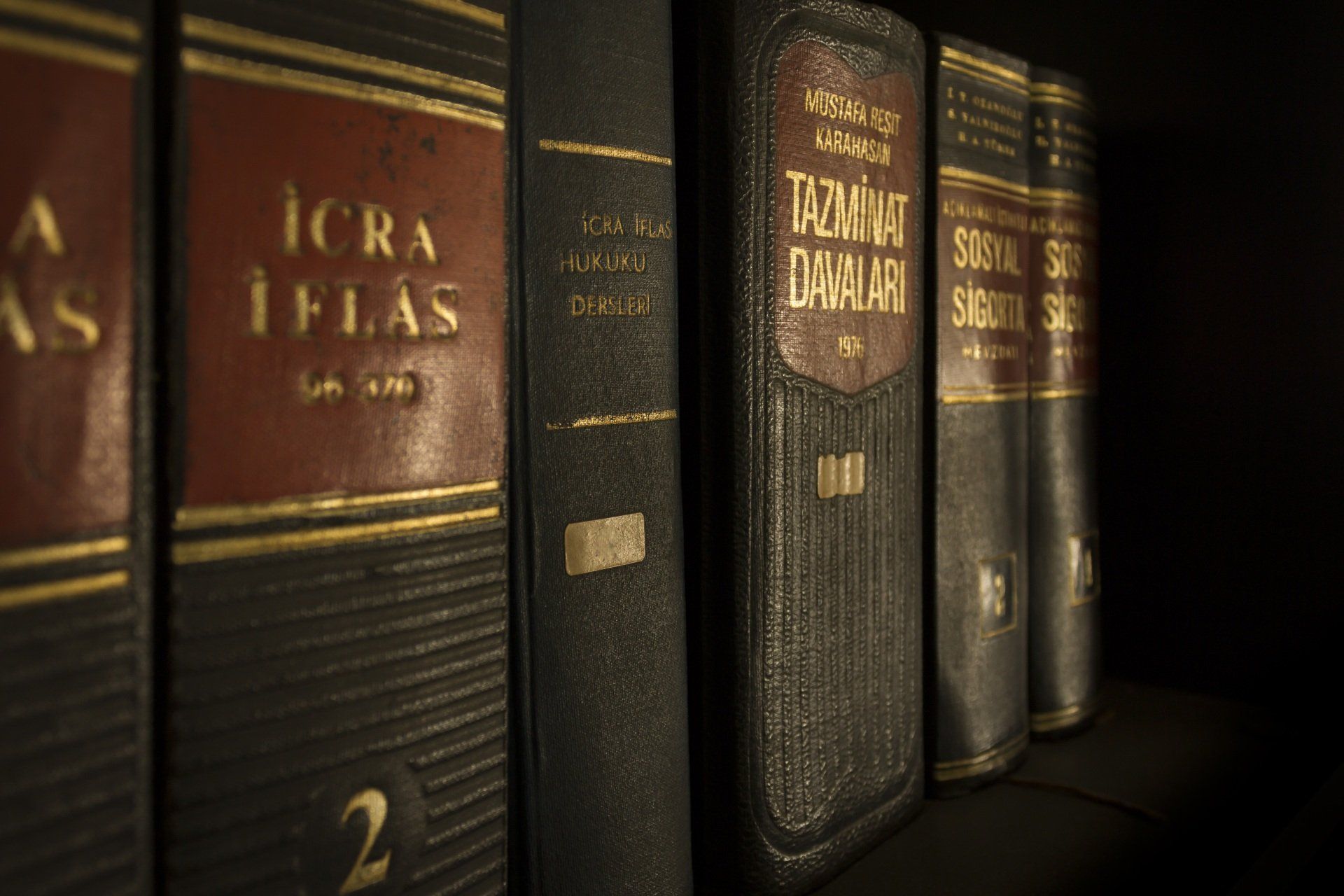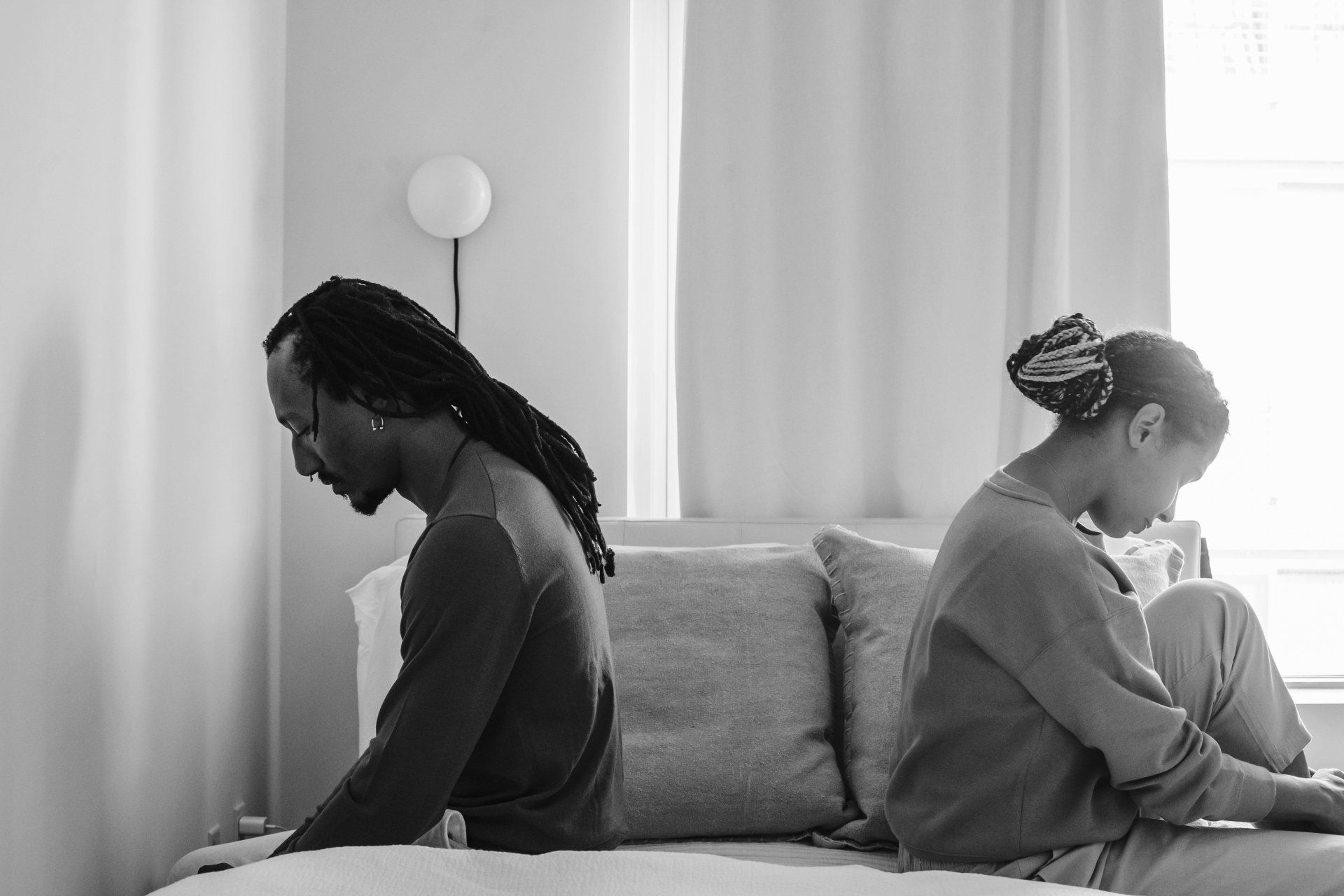How to Calculate Maintenance | Expert Guidance on Determining Support Payments - Comprehensive Steps and Formulas for Accurate Maintenance Calculations Made Easy.
Determine the reasonable needs of the child
Before you can ask for child support, you have to figure out how much the child needs each month. There is no hard and fast rule, but in general, one part per child and two parts per adult or older kid is given to the child's share of the household's common costs.
The following table shows how to figure out these costs when there is one parent and three children living in the same house. In this case, each child will pay 20% of the total cost, which will be split among all members of the family.
Money is not the only way to measure maintenance. Most of the time, the parent who cares for the child every day helps pay for his or her upkeep by spending time with the child. Even so, both parents still have to pay child support based on what they can afford, how much they earn, and how much they spend.
Maintenance may need to be changed often, based on how much the child needs or how much money the parents have. When a change in maintenance is needed, the person can ask the maintenance court to:
set aside a current repair order, make a new one, lower a current order, change a current order, or make a new one.
If circumstances change, any parent may submit an application to the Magistrate's Court where the children reside for a modification of the existing maintenance order. Examples include the father losing his work or getting remarried, as well as the mother's situation when a kid may require specialised care (occupational therapy). Previous courts held that a father's "first" family shouldn't suffer when he remarries and becomes financially responsible for his "second" family. A parent is not permitted to make the argument that his first wife's children should get less support because of his second wife's requirements.
Interesting Fact:
In South Africa, divorce maintenance is regulated by the Divorce Act of 1979, which provides guidelines for the calculation and payment of spousal and child maintenance after a divorce. Interestingly, South African courts have recently started to consider the lifestyle enjoyed by the spouses during the marriage when determining the amount of maintenance to be paid. This means that if one spouse enjoyed a lavish lifestyle during the marriage, the court may order the other spouse to pay a higher amount of maintenance to ensure that the lifestyle is maintained after the divorce. This approach has been controversial, as some argue that it could lead to excessive payments and unfair outcomes, while others argue that it is a fair way to ensure that both spouses are able to maintain a reasonable standard of living after a divorce.


















































